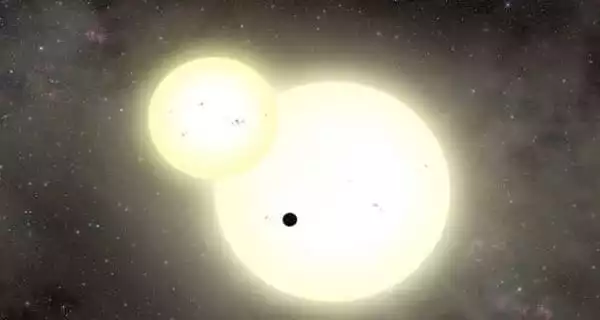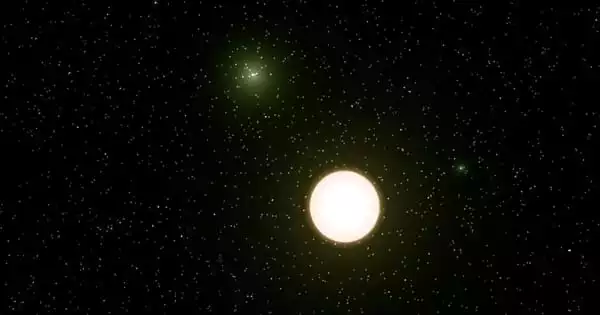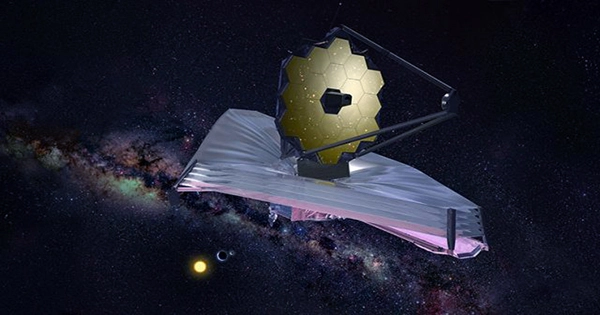QS Virginis is a cataclysmic variable formed by an eclipsing binary system around 163 light-years distant from the Sun. It’s a white dwarf, by the way. It is not part of the Virgo constellation outline, but it is within its boundaries. An eclipsing white dwarf and a red dwarf orbit each other every 3.37 hours in the system. It is 163.38 light-years away from Earth.
Virgo is a densely packed constellation, home to dozens of known exoplanets and at least a dozen Messier objects. It is the largest Zodiac constellation and the second-largest constellation altogether, after Hydra.
Variability
QS Virginis’ eclipsing binary nature was identified in 1997 as part of the Edinburgh-Cape Blue Object Survey seeking blue star objects in the southern hemisphere. The star’s parallax is stated as 19.96320, resulting in a computed distance to QS Virginis of 163.38 light-years, or 50.09 parsecs from Earth. Because it’s a white dwarf; the White Dwarf was most likely a star similar to our own, the Sun before it had reached the end of its existence and depleted all of its fuel. The star is approximately 10,331,732.15 Astronomical Units away from the Earth/Sun, give or take a few.
Between its time as a Main Sequence star and its current condition, it would have risen in size and then ejected its mass as a Planetary Nebula, which has since dispersed. It doesn’t have enough mass to go supernova.

Probable third body
The discovery of an extrasolar planet in orbit around the binary star, found by differences in the times of the two stars’ eclipses, was announced in 2009. The planet has a minimum mass of 6.4 times that of Jupiter and orbits the binary in an elliptical orbit 4.2 Astronomical Units distant. The presence of planets is used to explain observed differences in the timing of mutual eclipses between the binary star system’s primary and secondary components.
Exoplanets are planets that exist outside of our solar system. Most exoplanets orbit other stars, however rogue planets, or free-floating exoplanets, orbit the galactic center and are not bound to any star.
The two stars are only 840000 km (525000 miles) away, which is roughly twice the distance between the Earth and the Moon. Because they are so near, they sprint around each other, needing only 3 hours and 37 minutes to complete each orbit. No Earth-based telescope can view them as separate stars, but as they rotate around, the two stars steadily eclipse one another, causing the system’s brightness to lower its previous orbital time.
Subsequent observations revealed that the timings did not follow the projected pattern of the planetary model. While a third body could explain the observed fluctuations in eclipse periods, the best-matched model orbit is for an object with the least mass of 0.05 solar masses (approximately 50 times the mass of Jupiter) in a very eccentric 14-year orbit.
















